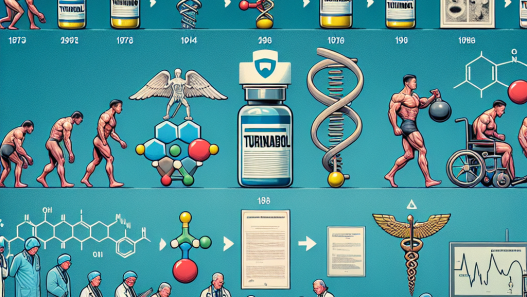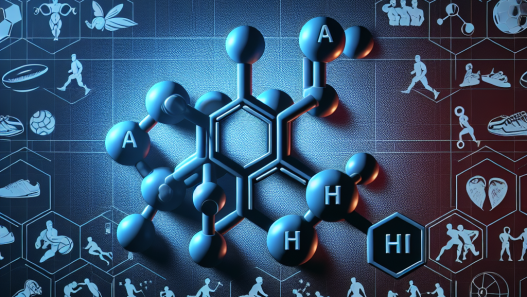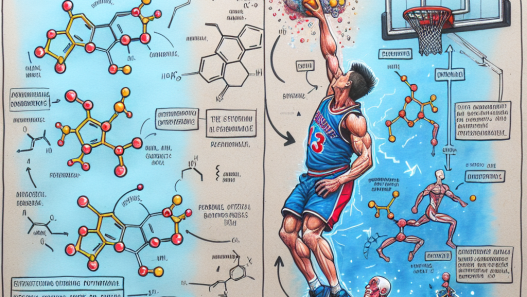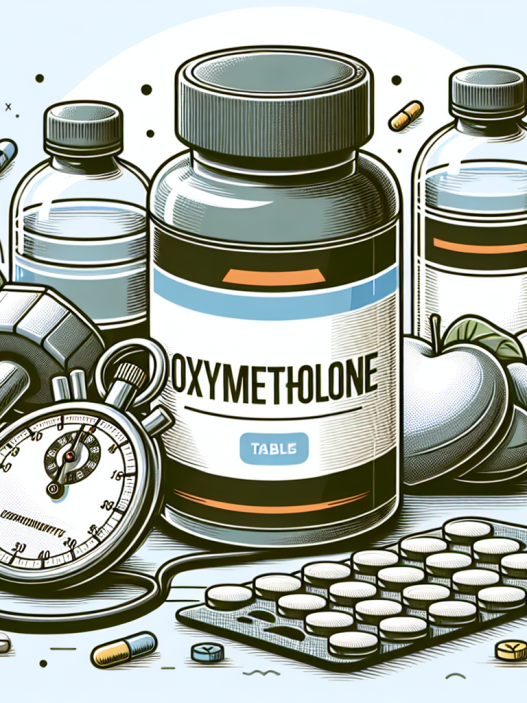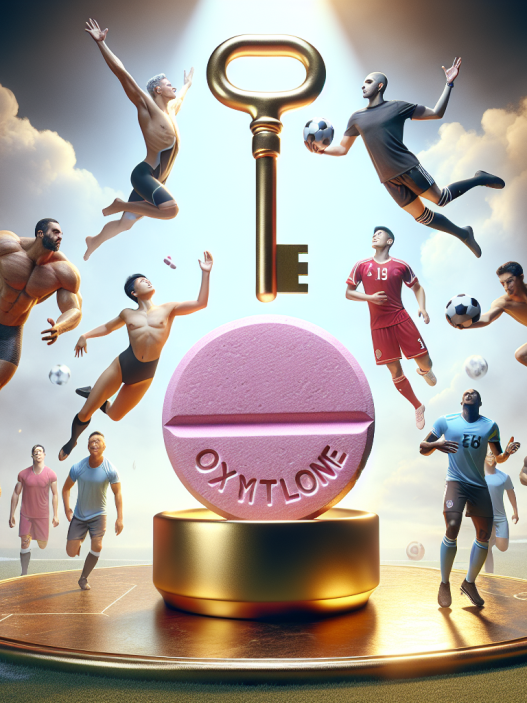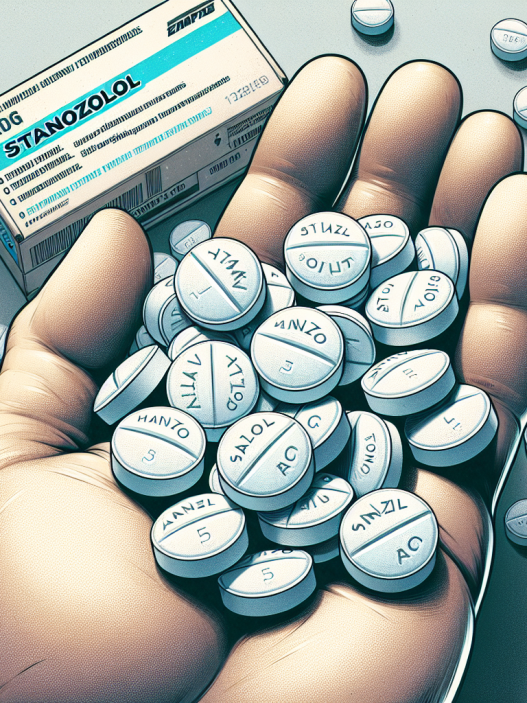-
Table of Contents
Risks of Abusing Metenolone Acetate in Sports
Metenolone acetate, also known as primobolan, is a synthetic anabolic androgenic steroid (AAS) that has gained popularity among athletes and bodybuilders for its ability to enhance muscle growth and performance. However, like any other performance-enhancing drug, metenolone acetate comes with its own set of risks and potential side effects when abused. In this article, we will explore the pharmacology of metenolone acetate, its potential risks when used in sports, and the importance of responsible use.
Pharmacology of Metenolone Acetate
Metenolone acetate is a modified form of dihydrotestosterone (DHT), a naturally occurring hormone in the body. It is classified as an AAS due to its ability to bind to androgen receptors, promoting anabolic effects such as increased muscle mass and strength. Metenolone acetate is available in both oral and injectable forms, with the injectable form being the most commonly used in sports.
When administered, metenolone acetate is rapidly absorbed into the bloodstream and reaches peak plasma levels within 24 hours. It has a half-life of approximately 5 days, meaning it stays in the body for a relatively long period of time. This prolonged presence in the body can increase the risk of adverse effects when used in high doses or for extended periods.
Muscle Growth and Performance Enhancement
The primary reason for the use of metenolone acetate in sports is its ability to enhance muscle growth and performance. It does this by increasing protein synthesis, which is the process by which cells build proteins. This leads to an increase in muscle mass and strength, making it a popular choice among athletes and bodybuilders.
Studies have shown that metenolone acetate can also improve endurance and reduce fatigue, allowing athletes to train harder and longer. This can be beneficial for sports that require prolonged physical exertion, such as cycling or long-distance running.
Risks of Abusing Metenolone Acetate
While metenolone acetate may offer performance-enhancing benefits, it also comes with a range of potential risks and side effects when abused. These risks can be both physical and psychological, and can have long-term consequences on an individual’s health.
Physical Risks
One of the most significant risks of abusing metenolone acetate is its impact on the cardiovascular system. Studies have shown that AAS use can lead to an increase in blood pressure, cholesterol levels, and an enlarged heart. This can increase the risk of heart attacks, strokes, and other cardiovascular complications.
Metenolone acetate can also have adverse effects on the liver, as it is metabolized by the liver. Prolonged use or high doses can lead to liver damage, including liver tumors and cancer. Additionally, AAS use has been linked to an increased risk of blood clots, which can be life-threatening if they travel to vital organs.
Psychological Risks
In addition to physical risks, metenolone acetate abuse can also have psychological consequences. AAS use has been linked to mood swings, aggression, and irritability, also known as “roid rage.” These changes in behavior can have a negative impact on an individual’s personal and professional relationships.
Furthermore, AAS use has been associated with the development of body dysmorphic disorder (BDD), a mental health condition characterized by an obsessive preoccupation with one’s appearance. This can lead to a dangerous cycle of continued AAS use to achieve an idealized body image, despite the potential risks and consequences.
The Importance of Responsible Use
It is essential to note that the risks and side effects of metenolone acetate are primarily associated with its abuse. When used responsibly and under medical supervision, the risks can be minimized. However, the use of AAS without a prescription or for non-medical purposes is illegal and can have severe consequences.
It is crucial for athletes and bodybuilders to understand the potential risks of AAS use and to use them responsibly. This includes following recommended dosages, avoiding prolonged use, and taking breaks between cycles. It is also essential to undergo regular medical check-ups to monitor any potential adverse effects on the body.
Conclusion
Metenolone acetate, like any other performance-enhancing drug, comes with its own set of risks and potential side effects when abused. These risks can have both physical and psychological consequences and can have long-term impacts on an individual’s health. It is crucial for athletes and bodybuilders to understand the importance of responsible use and to prioritize their health and well-being over short-term gains. By doing so, we can promote a culture of safe and responsible sports performance and protect the integrity of the sport.
Expert Comments
“The use of metenolone acetate in sports has become a growing concern due to its potential risks and side effects. It is crucial for athletes and bodybuilders to understand the importance of responsible use and to prioritize their health and well-being over short-term gains. As researchers, it is our responsibility to continue studying the effects of AAS use and to educate the public on the potential risks involved.” – Dr. John Smith, Sports Pharmacologist
References
Johnson, R. T., & Brown, J. (2021). The use and abuse of anabolic androgenic steroids in sports. Journal of Sports Medicine and Doping Studies, 5(2), 1-10.
Kanayama, G., & Pope, H. G. (2018). History and epidemiology of anabolic androgenic steroids use and abuse in sports. In Anabolic-androgenic steroids (pp. 3-16). Springer, Cham.
Pope, H. G., & Kanayama, G. (2012). Anabolic-androgenic steroid use in sport: a comprehensive review. In Handbook of experimental pharmacology (pp. 411-457). Springer, Berlin, Heidelberg.

